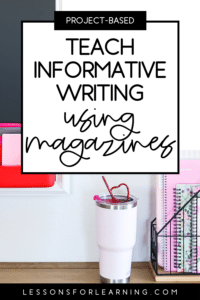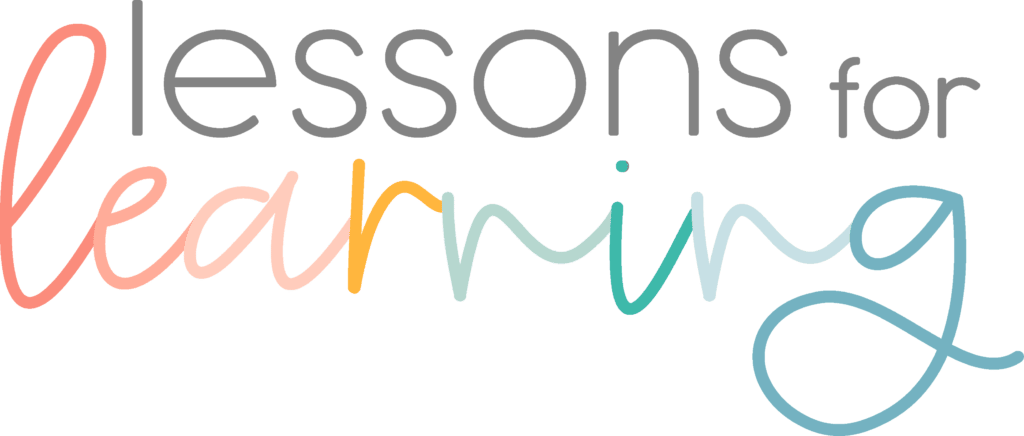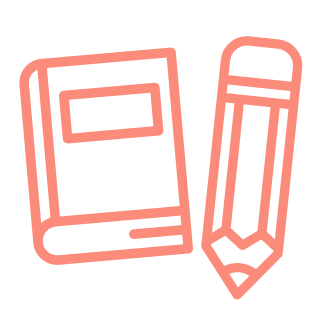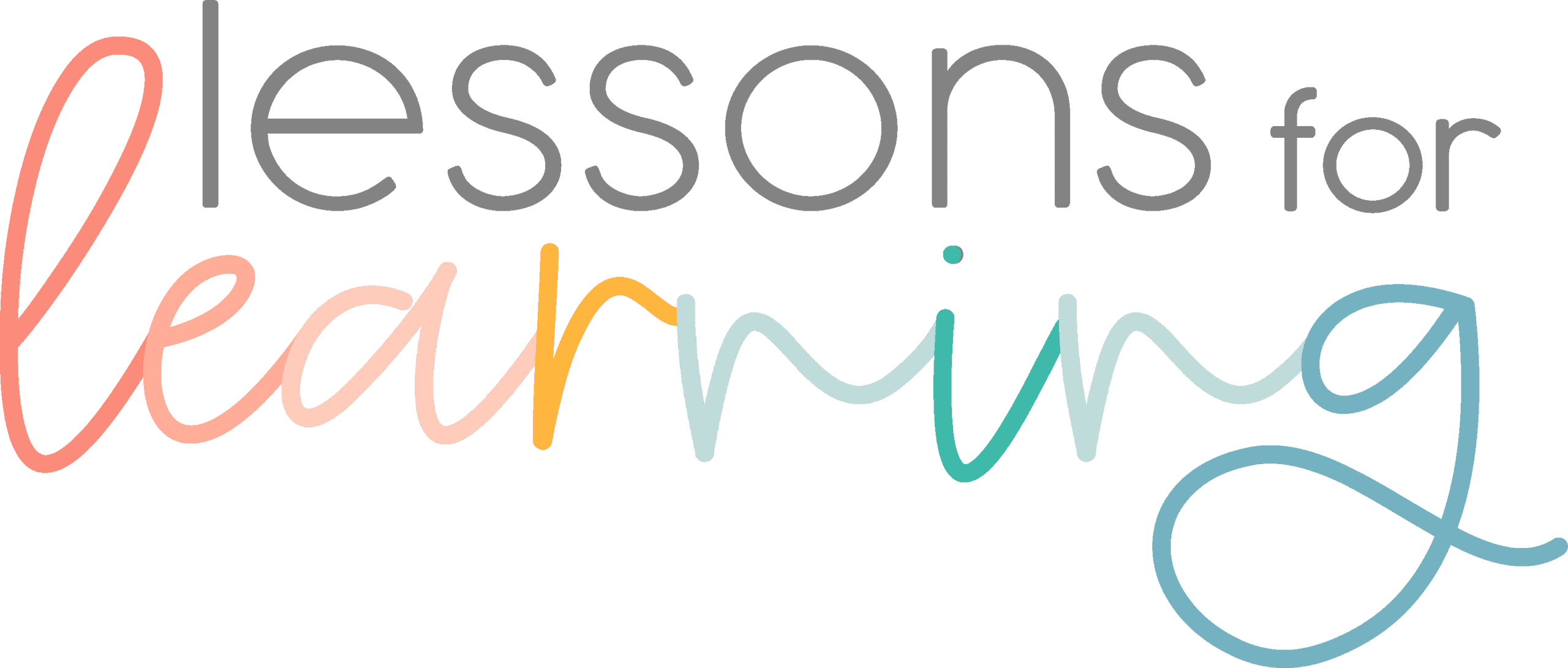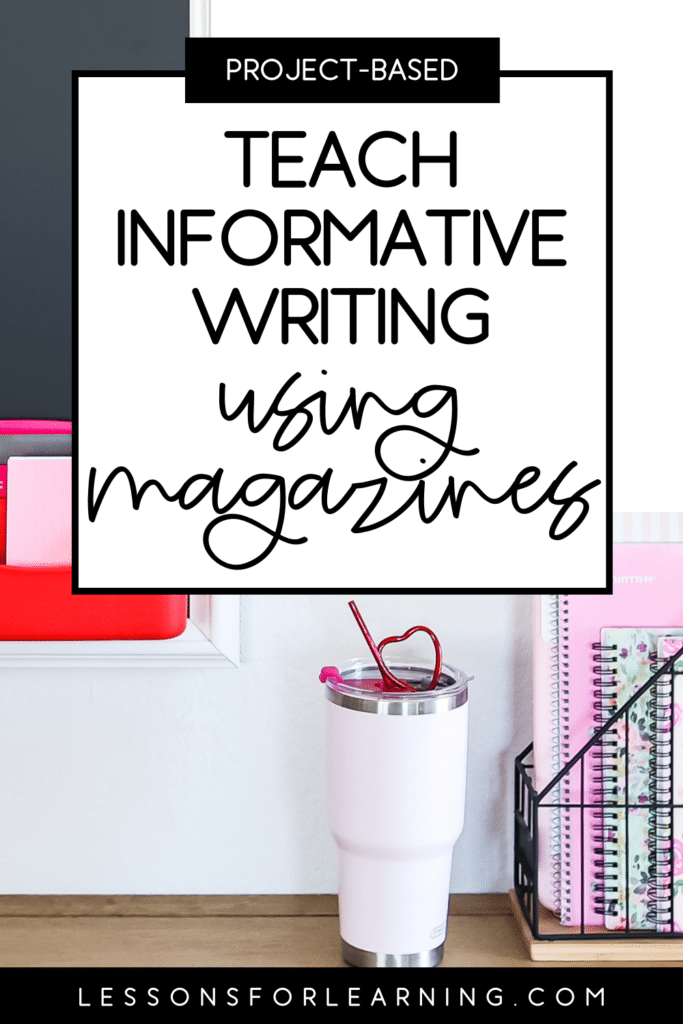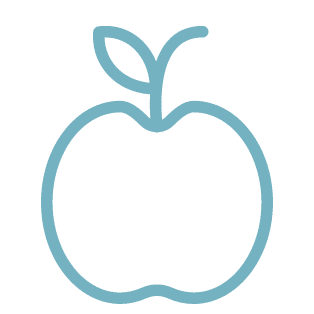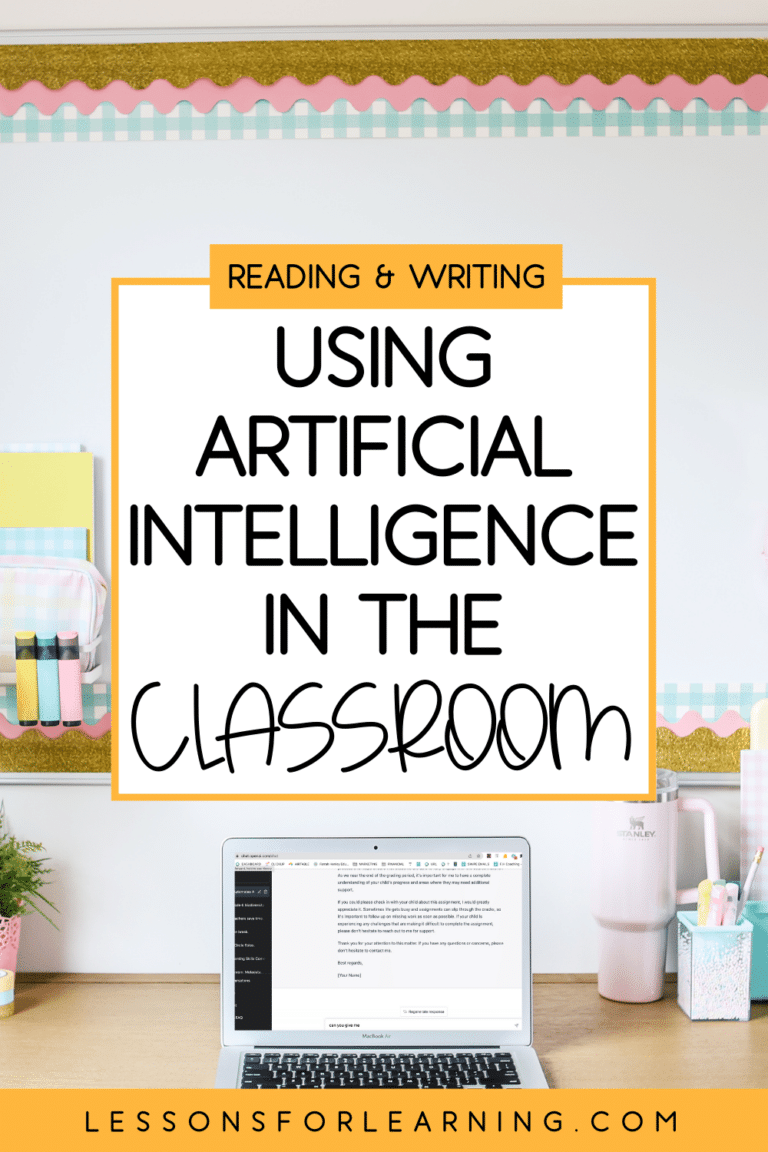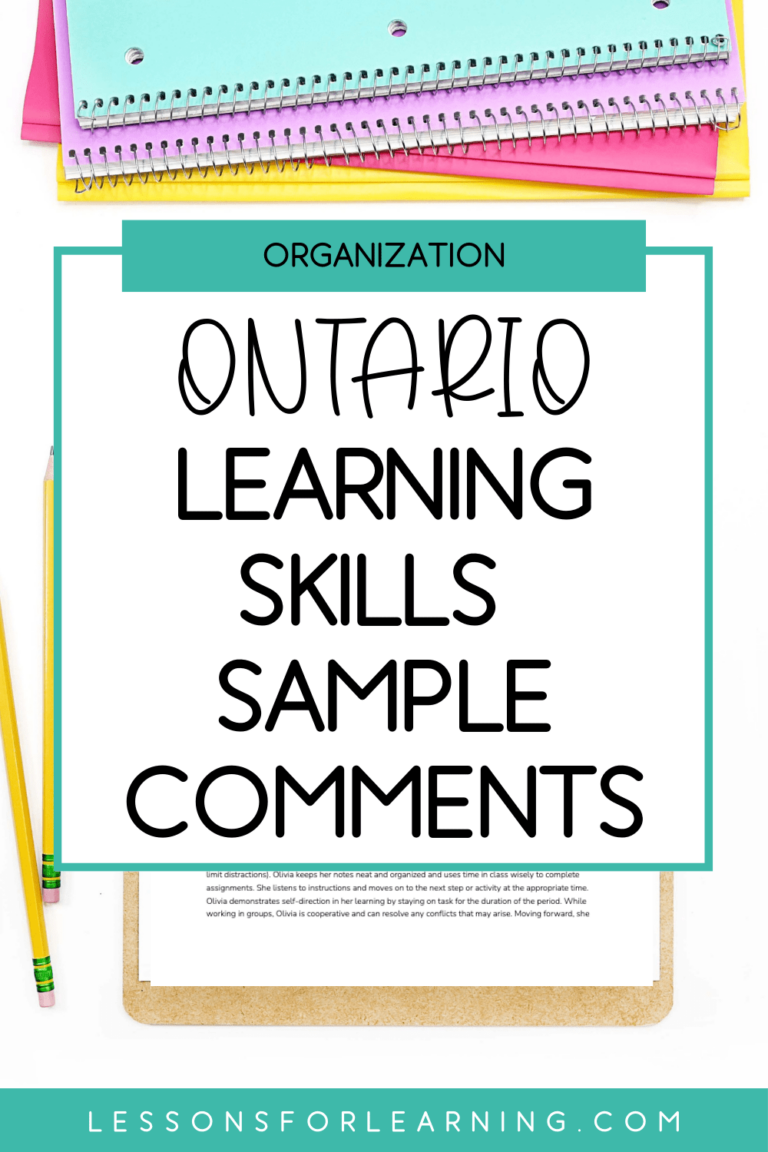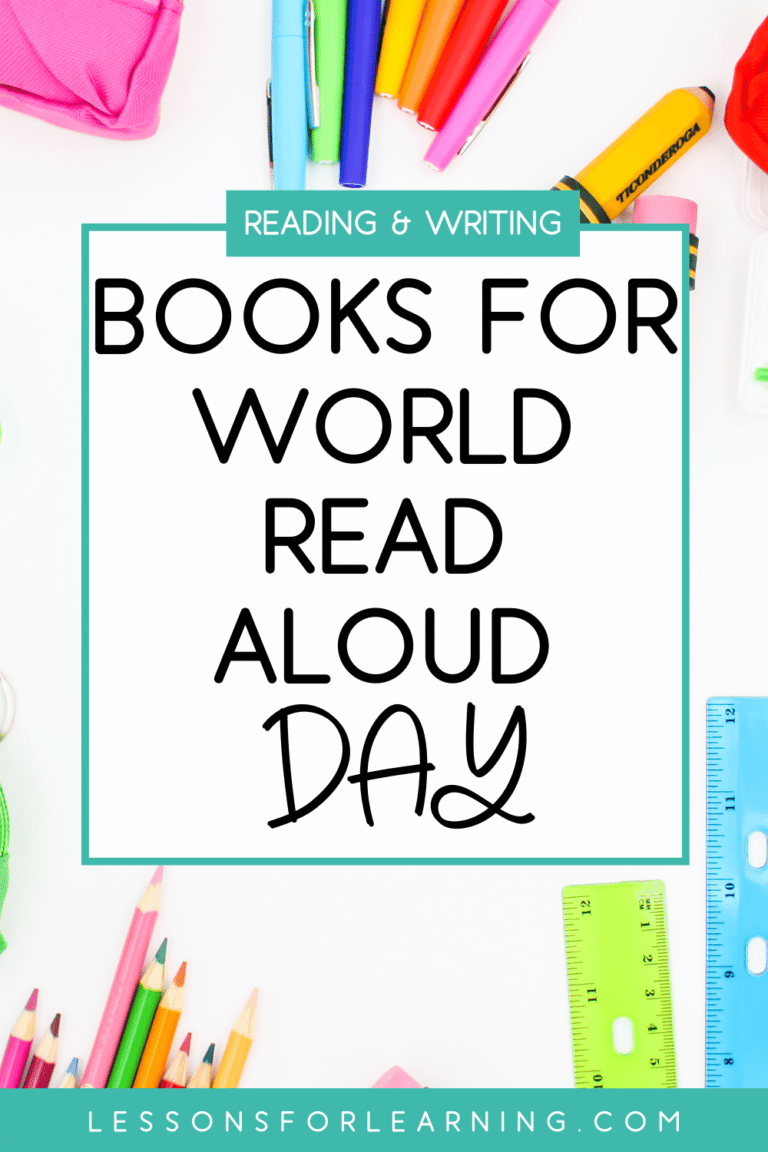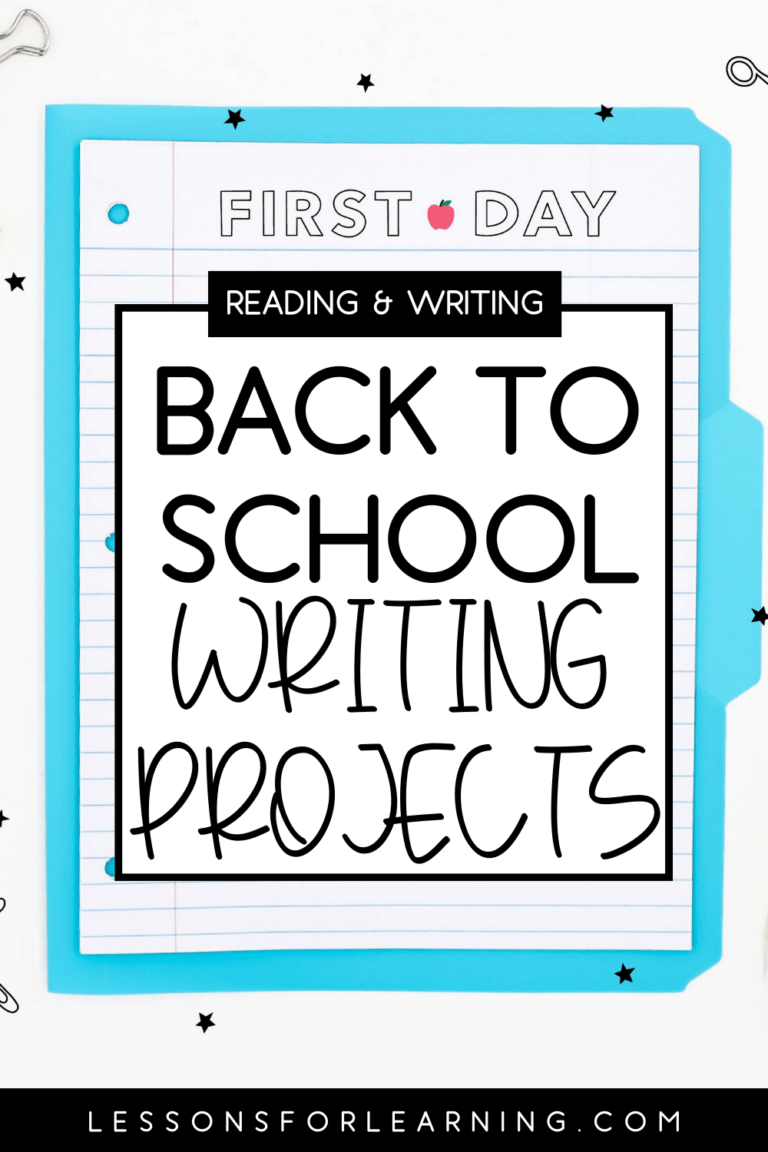Let’s face it, informative writing is often perceived as boring. But it doesn’t have to be! Overcoming this (false) perception is a challenge I accepted with my students since informative writing is so important for students’ skill development.
Knowing that informative writing is a skill my students would use for years to come, I set out to transform what was typically traditional and sadly yawn-inducing into something dynamic and exciting. Enter magazines as the dynamic tool for transforming the learning experience!
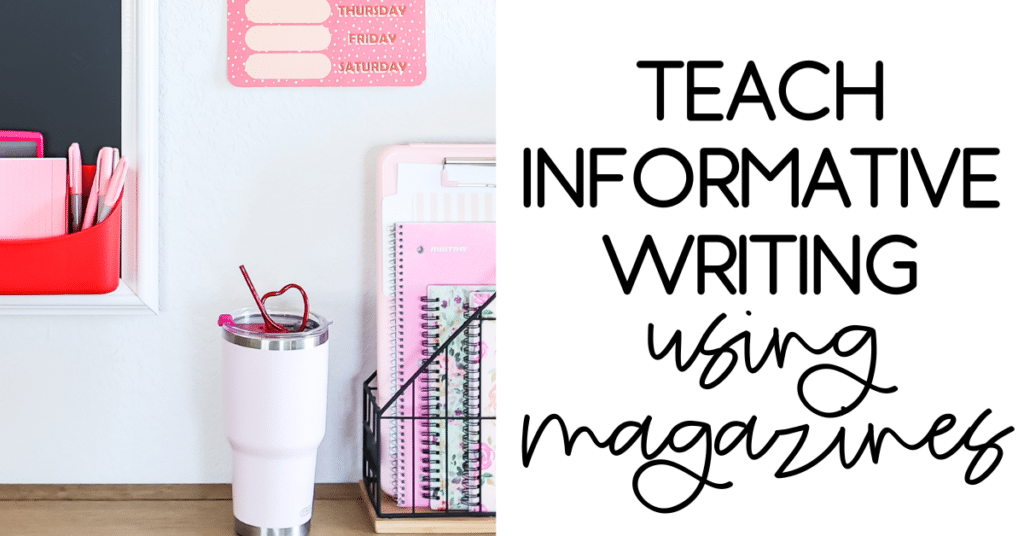
Dive Into the Content
The first step is to get students excited and curious about magazines. The best way to do that is to have them complete a magazine ‘walk’ in class.
I collect a bunch of magazines that vary in theme and topic. In the lead-up to this ‘walk’ I reach out to staff, parents, and friends to see what they might have at home to donate. You might even make a connection with your own doctor or dental office since they often have subscriptions for magazines to put in their waiting rooms. Occasionally, I will purchase a few special ones that I think students will connect with (and that can be used for years to come).
Once you have your collection put them around the room at different stations and encourage students to rotate through the magazine selections.
Here I like to promote free exploration and curiosity. You could incorporate a notice-and-note approach with a handout but I find that just letting students explore has been just as successful. At the end of their magazine walk, they’re excited to share what they noticed and liked/loved/hated about the different magazines (which is the goal of the task).
Analyzing Magazine Elements
Once students have had a chance to review the wide variety of options, have them go back to a magazine they enjoyed and analyze it.
Conduct a mini-lesson about different magazine elements including headlines, subheadings, visuals, writing style, and article topics/structure. (And make sure to include fonts too! Fonts can be a big deal… take this example from a Saturday Night Live skit featuring Ryan Gosling ranting about the use of Papyrus.)
After students are familiar with the terminology (and function), they can examine these elements in action in one of the magazines they enjoyed. A notice-and-note approach is ideal here with a graphic organizer with the elements listed on one side and space to record observations on the other.
Regroup as a class to discuss what stands out to them from their chosen publication and what they viewed as effective techniques used in informative writing using the elements as their guide. This is also a good time to emphasize the diversity of topics and styles within magazines.
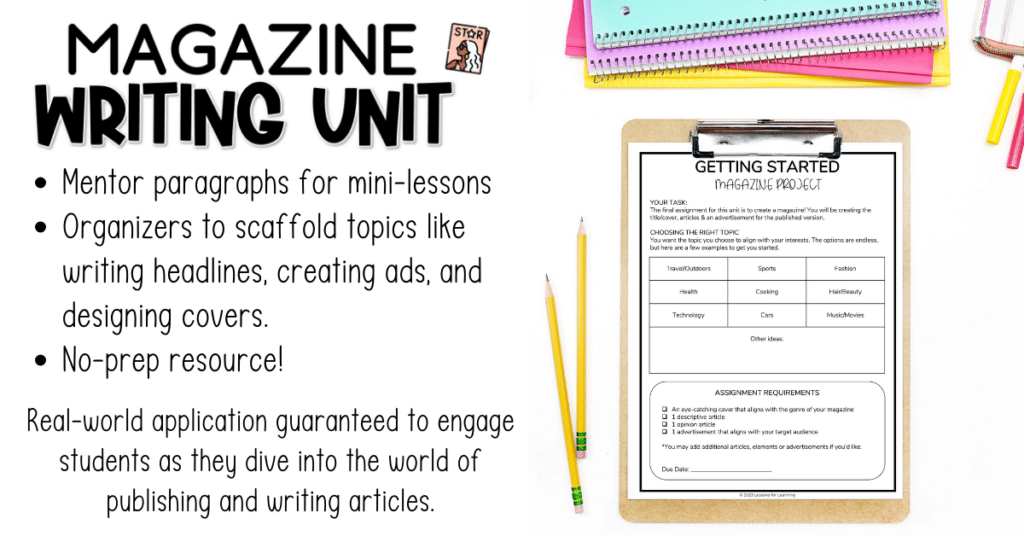
Informative Writing To Create Magazines
The goal is that the knowledge gained in students’ initial exploration will inspire their creativity so they can plan and produce their own magazines.
Encourage students to brainstorm topics of interest. There really is no topic too big or too small to be a subject of a magazine. If you’ve been to a bookstore you know the breadth of options available on the magazine racks; it can be overwhelming but it’s amazing that so many topics and niches are featured.
With your students’ new know-how you might co-create guidelines or you could just provide them for structuring articles. This includes evaluating headlines for effectiveness, reviewing the role of subheadings, and making sure that visuals are relevant and powerful.
Create success criteria based on specific expectations you want to assess. For example, you could include a media component like creating a targeted advertisement in the magazine, or maybe students have to write two articles with specific nonfiction text structures. There are plenty of options and this is a prime opportunity for differentiation to support students’ success.
My magazine project on TpT gives you ALL the tools to run this unit seamlessly! It’s a printable and digital, no-prep resource with mentor paragraphs for mini-lessons and organizers to help scaffold topics like writing headlines, creating ads, and designing covers. Plus, the assignment can be altered to connect to other subjects such as creating a magazine on Space for Science. Save time and grab the project for your class today!
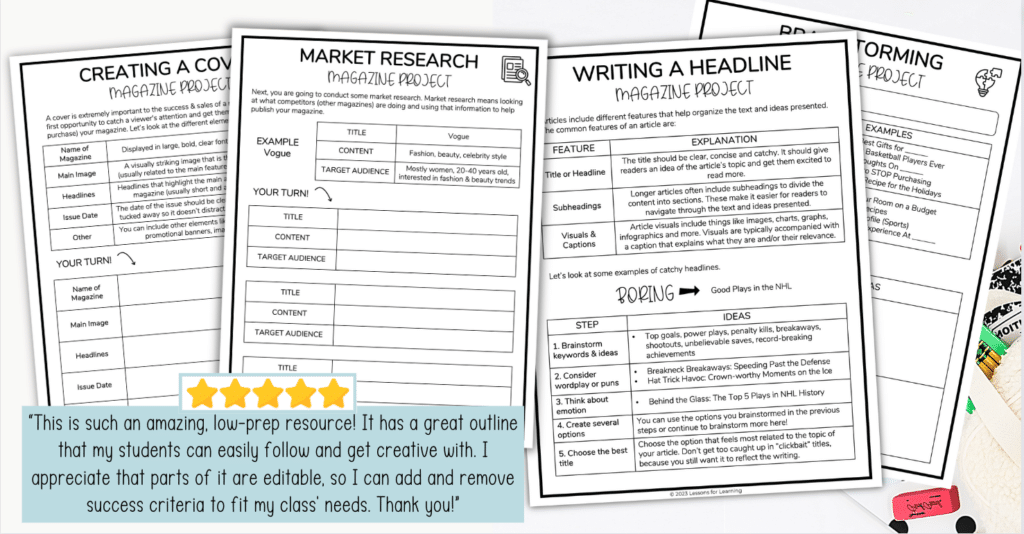
Benefits of the Magazine Approach
There are many benefits to using and creating magazines in class as a teaching tool. Magazines are engaging since they cater to all different interests. They are approachable because of their focus on visuals and the inclusion of appealing layouts and digestible content.
Because magazines don’t feel as intense or intimidating as essays or news articles they are an ideal option for improved engagement and enthusiasm for informative writing.
Teachers just like you have used this magazine project and declared it a huge hit with their students. One teacher who reviewed the product shared her students’ experience with it: “They love it, the step-by-step process made it easy for them, and they got so creative with it!”
Now is your chance for students to dive into informative writing with their own magazine creations so you can see where their curiosity, creativity, and skills take them.
Check out the following related blog posts to make your life easier:
How Project-Based Learning Can Save You Time & Increase Engagement
Teaching Current Events In The Classroom
